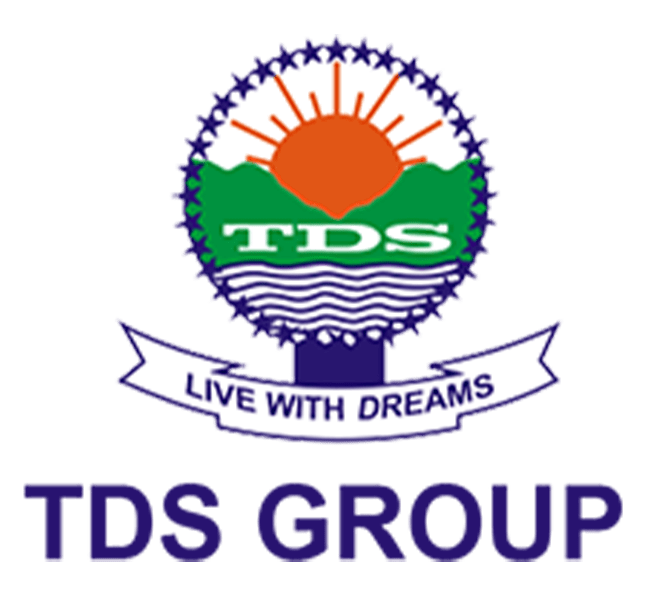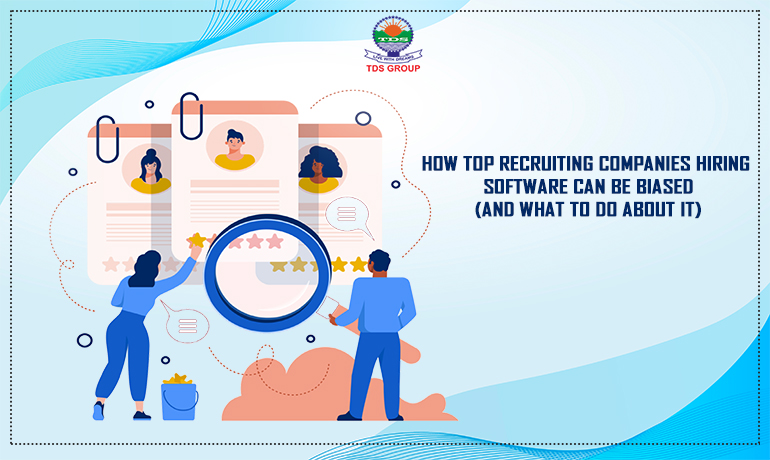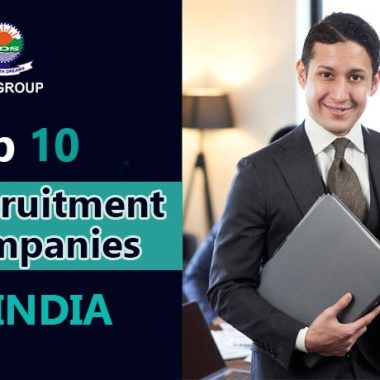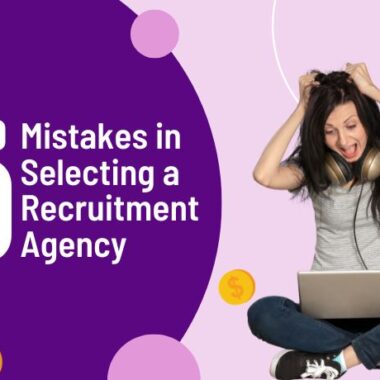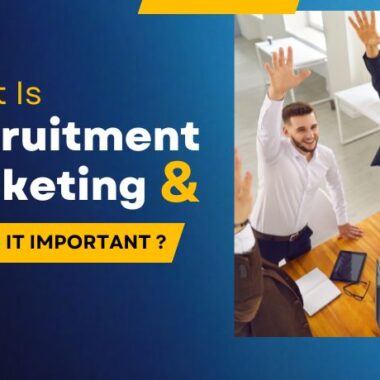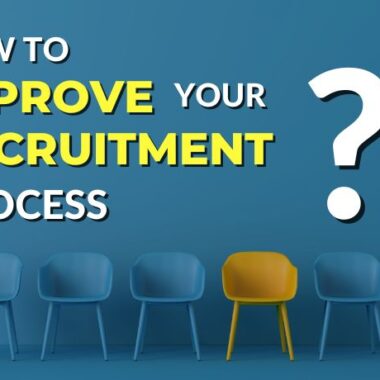Our lives have changed completely. And with technology becoming an integral part of our lives, everything is becoming easy and comfortable. Who can forget the autocomplete that you see when typing a question into Google? However, its role often seems innocuous. Sometimes it gets the question right, and other times it gets it completely wrong. There is no harm as such. However, when the same technology is used by the top recruiting companies can go wrong sometimes. And the consequences are profound. How? Since it could result in a candidate’s resume landing on a desk or ending up in the rejection file before humans even see it.
Even at a forum recently, many professionals and leaders gathered to understand the role of bias in any hiring software. While it might sound fascinating, how is it even possible? Let’s find out now!
Technology and Bias: Why does it happen?
Whenever someone talks about technology, many presume that it is neutral. And it can help overcome bias. But honestly, AI is also vulnerable to discrimination like anyone else. It’s because the providers build it using pre-existing data. In other words, it’s trained based on a set of previously existing data.
So, if it’s saying to call someone for an interview, it’s probably based on prior decisions. Hence, it won’t be wrong to say that such decisions are biased. It’s more and less like amplifying decisions that humans made before using an atmosphere.
What do you need to consider next?
With AI in the hiring process, many top recruiting firms suggest that one needs to consider all the options. Why? By doing so, it will help them select the candidates using a fair process. The technology is only in its primitive stages to allow it to overpower decisions for humans yet. This is why many leaders suggest using the machine’s decision as a viewpoint only. And never base the end result entirely on it.
So, how can one reduce this bias when using AI recruitment software?
To begin with, Tds placement experts suggest using word editors to create inclusive job descriptions. In fact, the top recruiting companies often confirm that this is a foundation to convey your business to job seekers. Here are some of the standard requirements usually found in job descriptions.
- Excellent communication skills.
- Must be able to set high standards of execution and have an upbeat personality or attitude.
At first, things like these did not seem biased. But the phrases used could exclude job seekers who are actually qualified. For instance,
- These objectives often deter candidates like women who think they won’t be able to meet the criteria 100%. So, without clear KPIs, job seekers often assume that they won’t achieve good results. Hence, they move to the next job posting.
- What gender do you think has an upbeat attitude? Usually, such personalities align with women. So, job seekers who don’t identify themselves as such never apply for the job.
Since humans are usually unaware of the implicit biases, it becomes impossible to write an unbiased job description. This is why the top job consultant in Delhi NCR suggests relying on word editors. These tools can help you catch on to such inconclusive language.
Wrapping Up
Usually, top recruiting companies implicit bias isn’t only limited to the language we use. One can also find it in systems. And since not all job seekers use the same resources, it is essential now more than ever to magnify the career site and job application process. By doing so, one can ensure that people from all backgrounds can engage with the company.
So, one must use a combination of messages and a chatbot to reduce the bias by more than 50%. The idea must always be to increase transparency and control.
